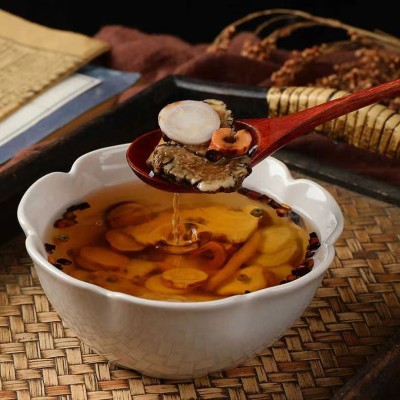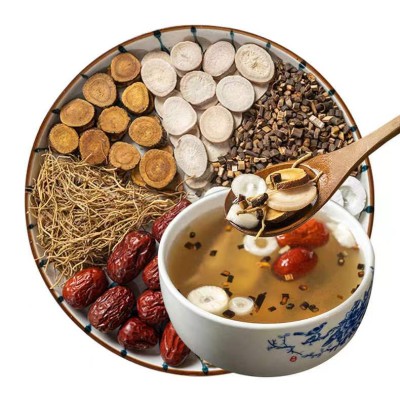The principle of using moxibustion to treat dysmenorrhea
The principle of using moxibustion to treat dysmenorrhea
In Traditional Chinese Medicine (TCM), the main pathological factors contributing to dysmenorrhea are "obstruction leading to pain" and "lack of nourishment leading to pain." "Obstruction leading to pain" refers to the stagnation of menstrual blood circulation, resulting in qi stagnation, cold congealment, and blood stasis, which leads to poor flow of the Bao Mai (胞脉). On the other hand, "lack of nourishment leading to pain" refers to the weakness of Qi and Blood, particularly Kidney Qi deficiency, leading to inadequate nourishment of the Bao Mai.
The Bao Mai is related to female reproductive functions, and the Chong Mai(冲脉) is connected to menstruation and pregnancy. Liver governs blood, Spleen controls blood, and Kidneys store essence, so the interaction of Jing (Essence) and Blood is crucial. Dysmenorrhea is closely associated with changes in the Chong Mai and Ren Mai(任脉), as well as the Liver, Spleen, and Kidney functions. The pathogenic location of dysmenorrhea is in the Bao Mai, which is in the lower abdomen, where the meridians mainly correspond to the Ren Mai, Chong Mai, Liver Meridian, Spleen Meridian, and Kidney Meridian.
Artemisia leaf has the ability to warm and stimulate meridians, dispel cold, and alleviate pain. It is often used in the treatment of gynecological conditions related to deficiency of the lower abdomen or cold accumulation in the Bao Mai. Moxibustion on the relevant acupoints enhances the circulation of Qi and Blood through thermal stimulation, promoting the strengthening of the body's Qi and Yang, dispelling cold, eliminating blood stasis, and invigorating the body. It is particularly effective in addressing conditions where external cold enters the body or internal cold causes Qi stagnation and blood stasis.
Acupoints for Moxibustion to Treat Dysmenorrhea
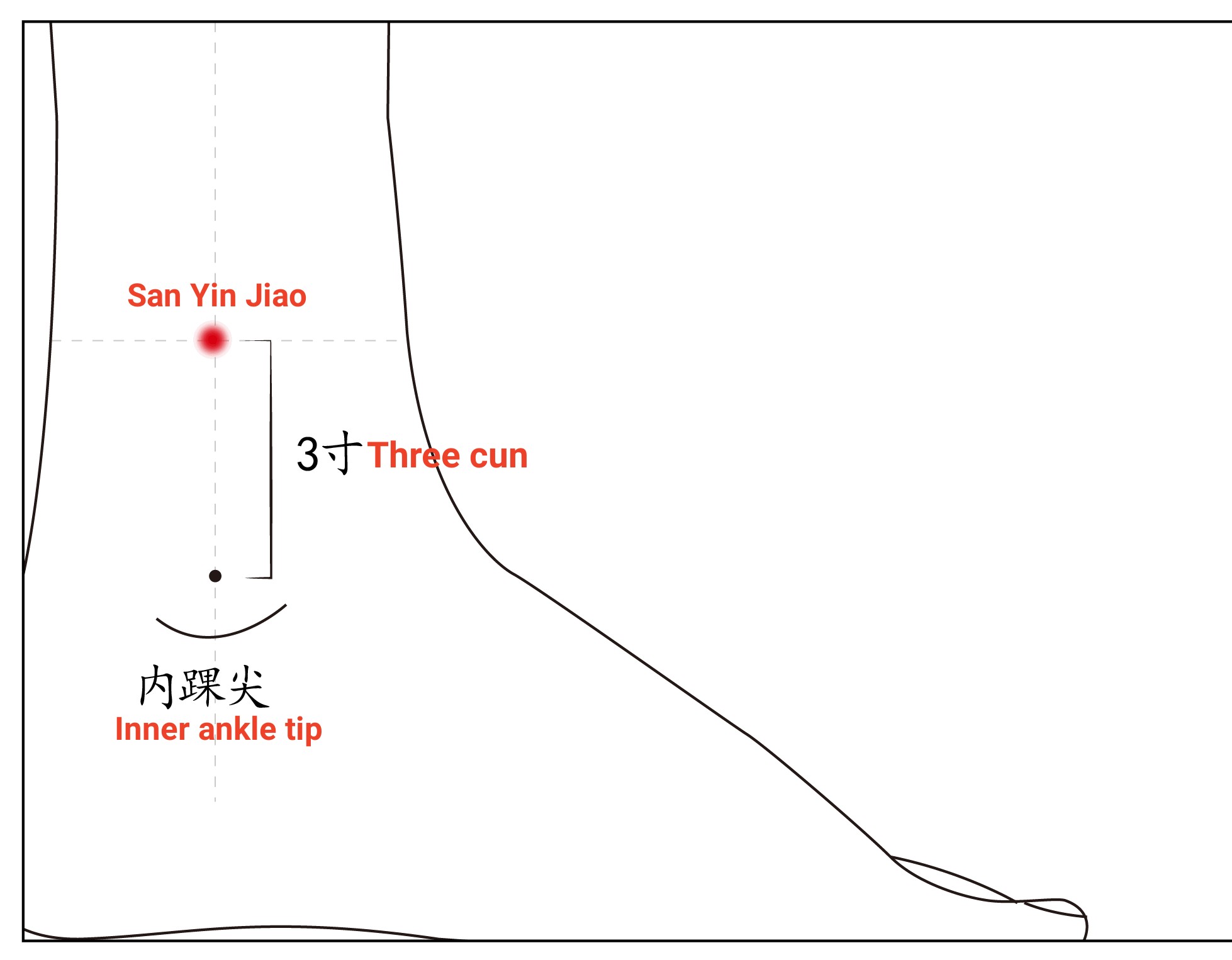
San Yin Jiao (三阴交) Acupoint
Located 3 cun(寸) above the inner ankle bone, on the medial side of the tibia. This point is where the Spleen Meridian, Kidney Meridian, and Liver Meridian intersect. It helps regulate the meridian Qi of the Liver, Spleen, and Kidneys, making it effective for gynecological issues, including irregular menstruation, excessive or scanty menstrual flow, and premenstrual syndrome.

Guan Yuan (关元) Acupoint
Located 3 cun below the navel, on the midline of the abdomen. This point is on the Conception Vessel and helps to warm the meridians, dispel cold, and nourish and invigorate Blood. It is suitable for treating irregular menstruation, dysmenorrhea, and other gynecological problems.
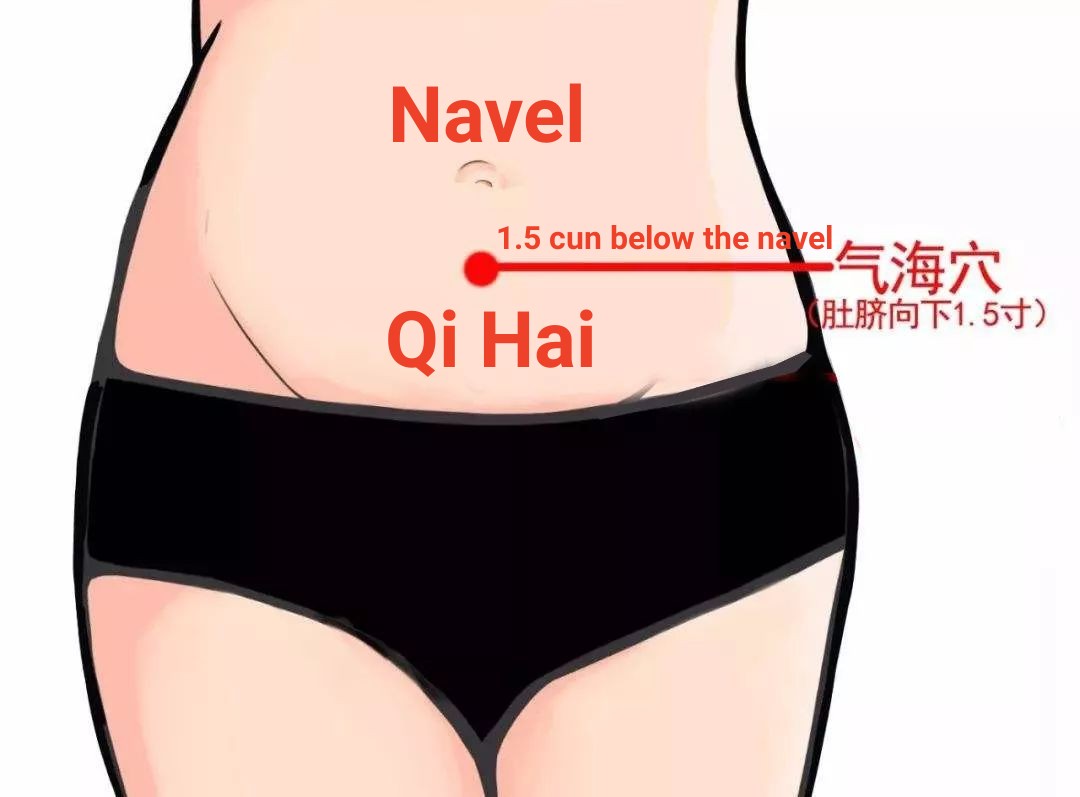
Qi Hai (气海) Acupoint
Located 1.5 cun below the navel, on the midline of the abdomen. This point is also on the Conception Vessel and is known for its ability to tonify Qi and invigorate the uterus. It is beneficial for addressing dysmenorrhea.
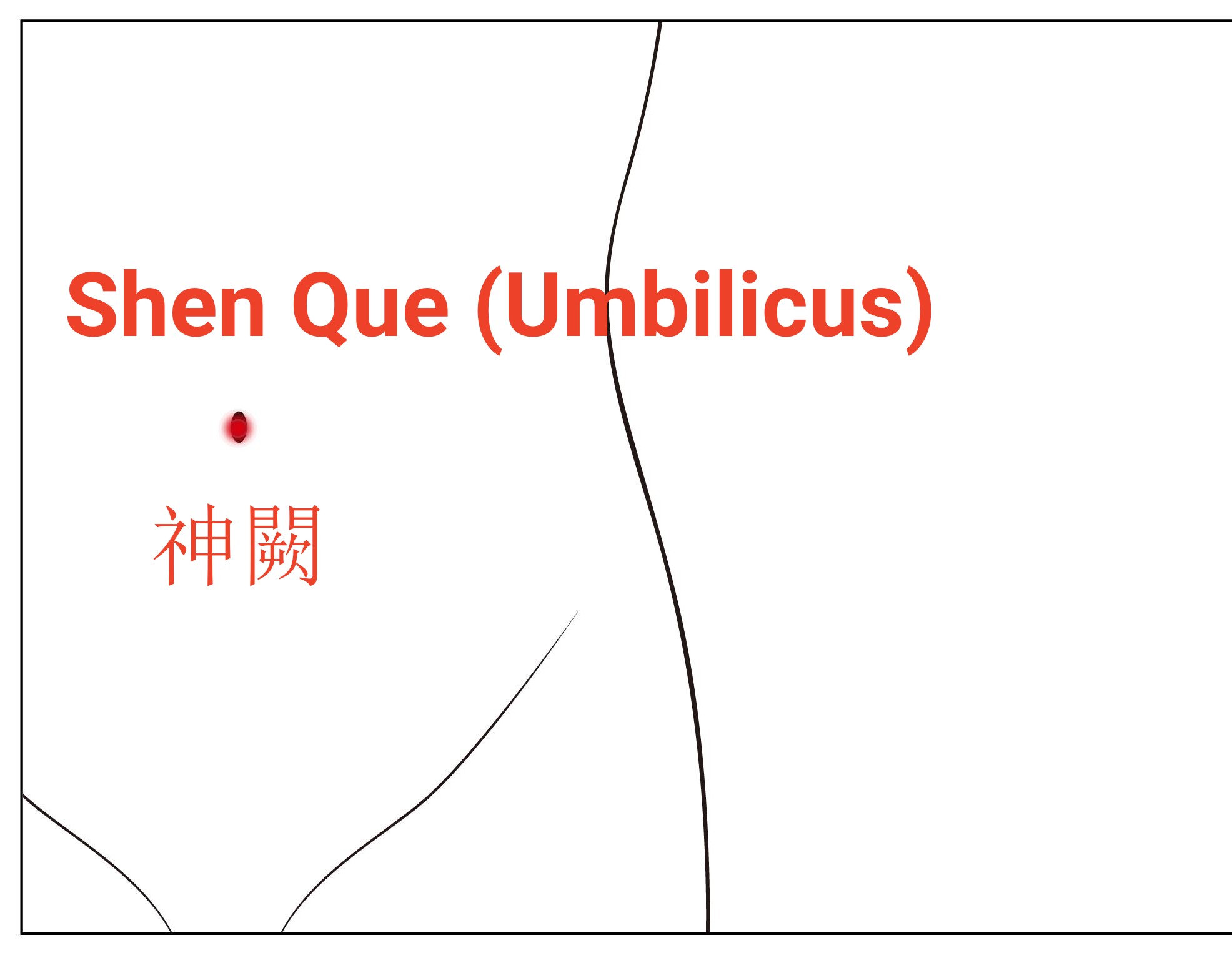
Shen Que (神阙) Acupoint
Located in the umbilical region, at the center of the navel. This point is on the Conception Vessel and can be moxibusted to warm and dispel cold from the lower abdomen, which is particularly helpful for women with cold constitutions and cold extremities.
Moxibustion on these acupoints follows the principles of TCM to effectively address dysmenorrhea and related gynecological conditions.


